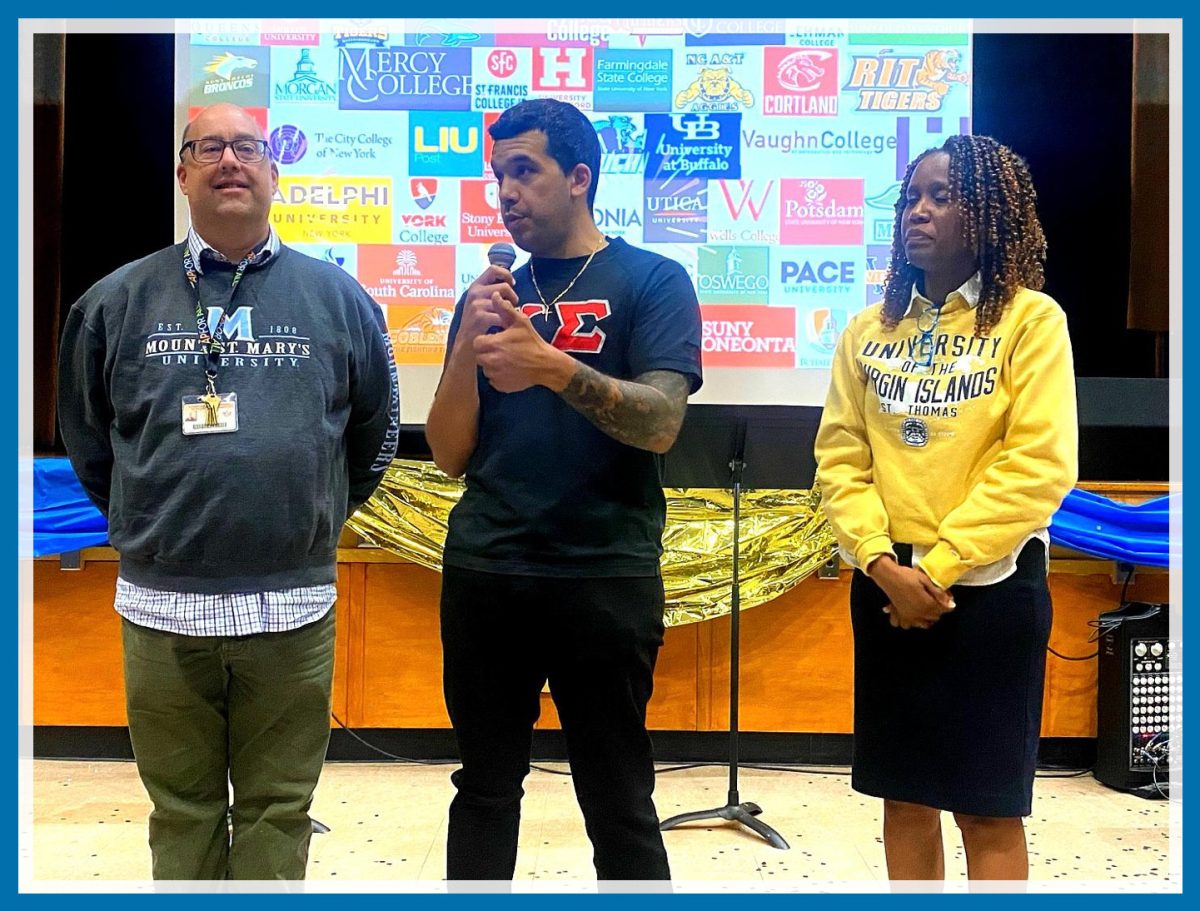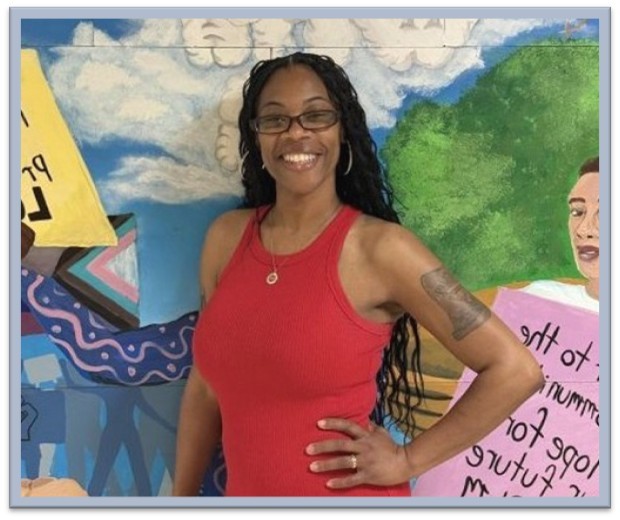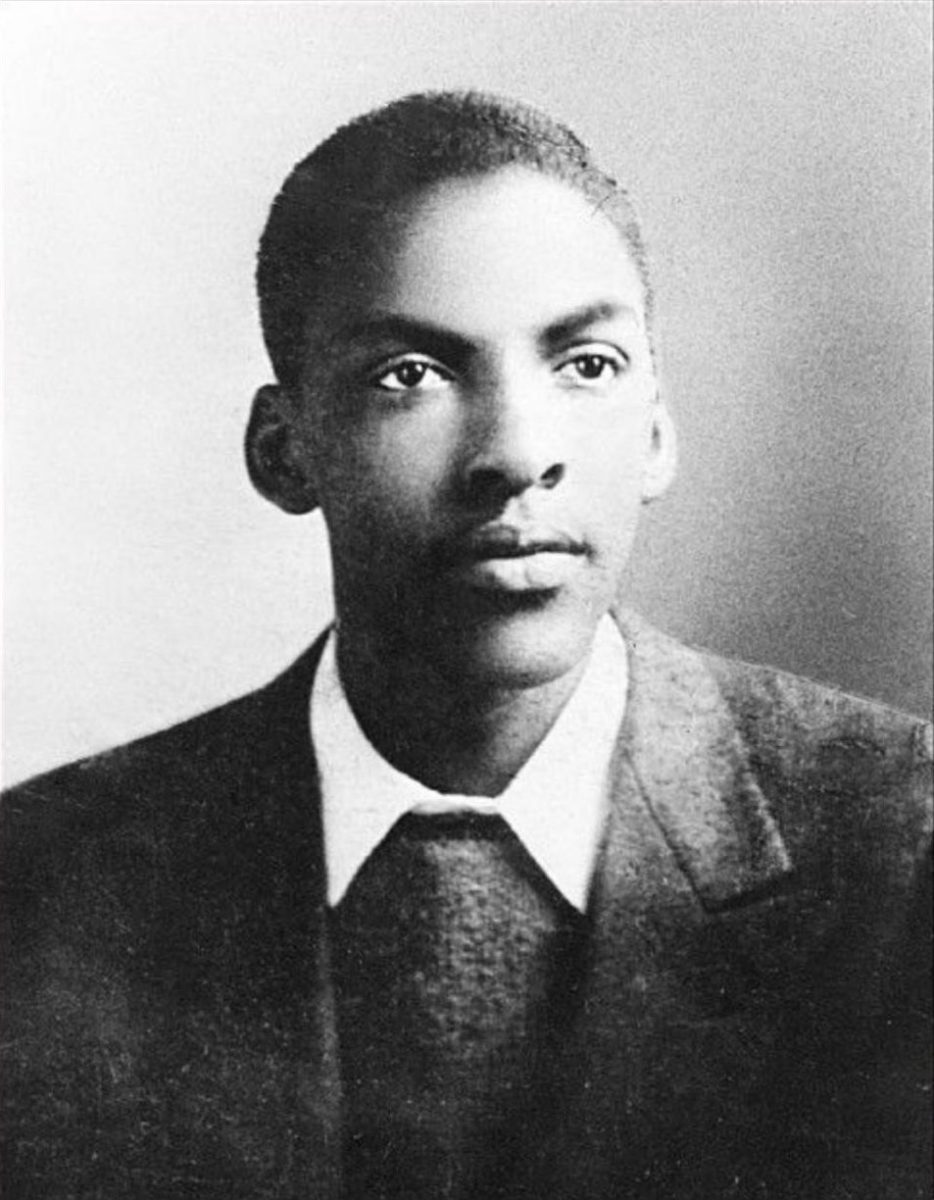Homelessness in New York City
Building Awareness at QPA
Social justice is the idea that everyone in society is
treated fairly,
a philosophy we should all embrace.
As a student of journalism at QPA, I choose to write about Social Justice issues because it helps improve my awareness of the challenges many members of society face. Somewhat reserved by nature, it also allows me to get out of my comfort zone and speak with other people about their experiences. However, in addition to bringing awareness to issues affecting members of our community, I would also like to help readers empathize with challenges others may be going through.
Teen Preoccupations
As students of Queens Preparatory Academy, we walk the halls worrying about our grades, our social status, our relationships and the like. Actually, before we gave up our phones, most of us had our heads down most of time, and focused on our screens more that the people around us. However, though “handling your business” and keeping up with the outside world is important, I think we should make an effort to be more aware and supportive of each other, primarily those dealing with obstacles many of us wouldn’t want to face.
For instance, imagine being displaced after losing the roof over your head. Then imagine that—because of that displacement—instead of getting to school from your home in Queens, you had to wake up extra early to commute from Manhattan to QPA, a trip that takes more than an hour. That’s what a QPA student who lost her home recently experienced.
Furthermore, It’s said that one’s youth should be a time of life dominated by joy and laughter. However, it is with heartfelt sadness that I proclaim that—like some QPA students—the smiles of many of New York City’s children have been taken away by circumstances beyond their control.
The Bohemian novelist Franz Kafka once said, “Youth is happy because it has the ability to see beauty. Anyone who keeps the ability to see beauty never grows old.” However, the words of Kafka fall short today, since in these post-pandemic times, many children—some of them New York City public school students—are having what could be considered “grown-men problems.”
Troubling Data
Statistics compiled by HUD, the U.S. Department of Urban Development, reveal that homelessness in these United States continues to increase over time. However, the bitter truth is that what was once a problem associated with men, has now expanded to include a significant number of women, children and families. In addition, statistics prove that there are approximately 582,462 people experiencing homelessness across the United States: 171,670 families with children, and 34,210 unaccompanied youth. Moreover, New York is one of the areas in the country with an increasing number of homeless inhabitants.
Homelessness in New York City
So one wonders: is the Big Apple losing its juice? In January 2023, more than 22,000 children were considered homeless in New York City. In addition, according to the New York City Department of Homeless Services, 41.3% of families with children living in shelters are Black, 54.5% are Hispanic, 2.2% are white, 0.5% are Asian/Pacific Islander, 0.2% are Native American, and 1.3% are unknown. So the facts are clear. Blacks and Hispanics are mostly affected by homelessness.

Following the election win of President Joe Biden, there was a spike of migrants at the southern border. Many of these migrants were placed in border states like New York and Texas. The mayor of New York City, Eric Adams has expressed that New York city is willing to welcome the migrants. As a result, the number homeless has increased and consists of more children than ever before. In the last year, New York City had more than 104,000 who were considered “homeless.” Additionally, due to the spike of migrants in the United States, most of these children are undocumented.
Fortunately, in 1987, the McKinney-Vento Homeless Assistance Act was passed by the 100th congress and signed into law by President Ronald Reagan. This program supports students who are facing difficult situations such as homelessness to ensure every child acquires an education. Moreover, in New York City, many temporary housing shelters have been provided to help those in the school system deal with this situation. So one may wonder, though these students may not have a permanent residence, is “homeless” the right word to use when referring to them?
Causes of Homelessness
Now, the research conducted for this article reveals that the primary cause of homelessness in New York City is a lack of affordable housing. Another cause of this crisis is domestic violence. Many home owners lose their homes due to hazardous conditions, while some lose theirs because of job loss. Poverty has also had a huge effect on the number of homeless people in New York City. Furthermore, following the COVID-19 pandemic, many New Yorkers had reduced incomes which played a big role in their ability to hold on to their homes.
QPA Cares
According to Abigail Hooper, parent coordinator at Queens Preparatory Academy, no student should be referred to as homeless because though a student may not have a permanent home, New York City contains many temporary housing shelters. Besides, in these accommodations—some may even be hotels—the NYC Department of Education has an employee who assists students living in these places. These employees help with student enrollment, attendance, and the like.
One QPA student who experienced temporary displacement said that the school provided a lot of support to her family in their time of need. She stated that following the incident, “Ms. Edwards gave me a bag with towels and other necessities.” The students also added that the conditions in the shelters are “good.” However, although these conditions are livable, there are rules a person living in a temporary home has to follow. For example, there is a strict rule that no visitors are allowed and there is a curfew after 12 a.m.
Unfortunately, over the past few months, there has been a spike in the number of people in temporary housing due to the influx of migrants in New York City. Ms. Hooper believes that the New York City Department of Education and the local government are doing the best they can to ensure every one of these students has access to an education.
According to Jennifer Pringle, director of Learners in Temporary Housing at the Advocates for Children of New York, an organization that promotes housing for children from different backgrounds, those in need have access to the resources needed to succeed, especially education. Pringle helps students who are experiencing homelessness through “individual advocacy” and working with the New York City Department of Homeless Services. Pringle states that the New York City Department of Education “can better work with students experiencing homelessness and those living in shelters by making sure families know the resources available” to them. Pringle also believes that unfortunately, there is not enough DOE staff to support these students.
Doing Our Part
Although temporary housing is helpful under these circumstances, and though the conditions of these places may be comfortable, we all know they could never feel the same as a permanent home. Likewise, whether a migrant, in temporary housing, or in a permanent residence, every student has the right to an education and the ability to put a real smile on their face.
So in our classrooms and in our hallways, what can we do to support those in need?
I think one of QPA’s core values says it all:
“I am what I am because of who we all are.”
Your donation will support the student journalists of Queens Preparatory Academy. Your contribution will allow us to purchase equipment and cover our annual website hosting costs.

I'm a Senior, and enjoy watching television to relax and unwind. My favorite show is Vampire Diaries and my favorite movie is Avengers. I love soccer,...







































